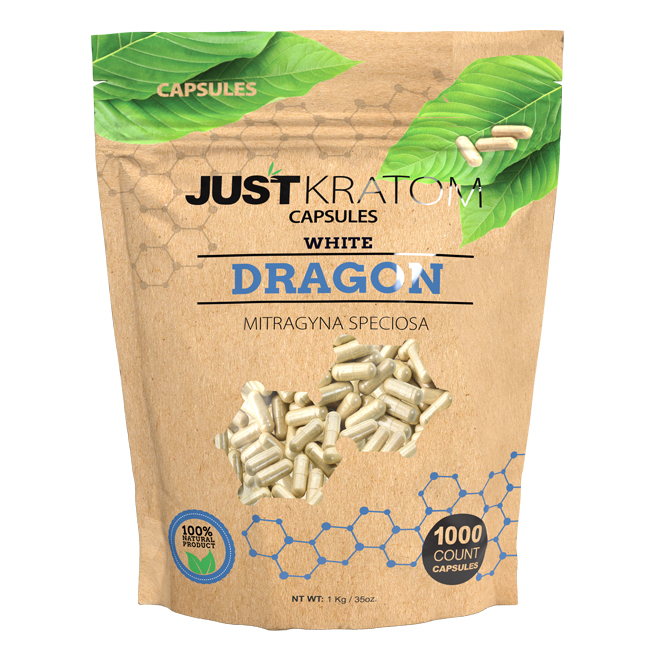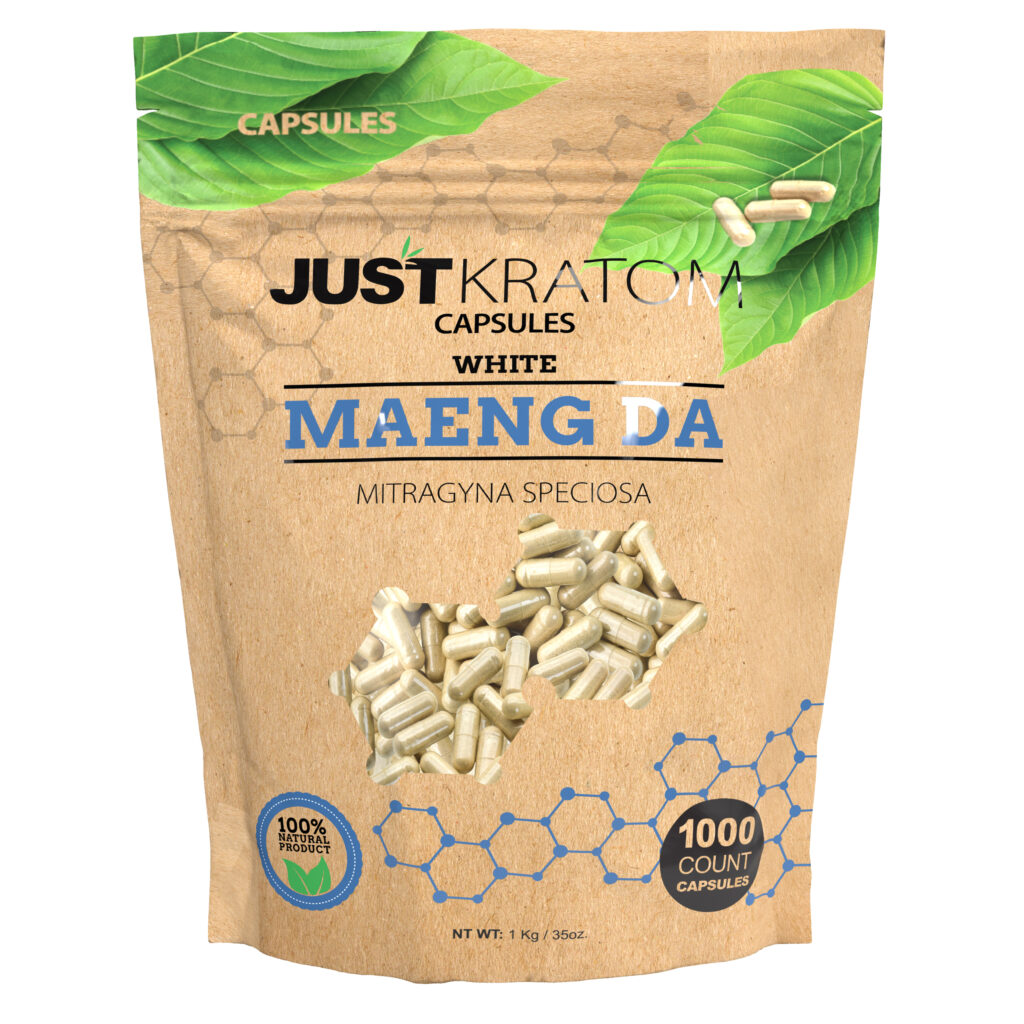Potential Benefits of Kratom
Kratom, an herbal supplement derived from the Mitragyna speciosa tree, has gained increasing popularity for its potential therapeutic benefits. Proponents suggest that kratom may offer various advantages, including pain relief, reduced anxiety, and improved energy levels. Some individuals also report that kratom can alleviate symptoms associated with opioid withdrawal.
Pain Relief
Kratom contains compounds called alkaloids that are thought to interact with opioid receptors in the brain, which may contribute to its pain-relieving effects.
Potential benefits of kratom for pain relief include:
- Management of chronic pain conditions such as arthritis, back pain, and fibromyalgia.
- Reduction of pain intensity and discomfort associated with injuries or surgeries.
- Potential use as an alternative to opioid painkillers, though more research is needed in this area.
Mood Enhancement
One potential benefit of kratom that users report is mood enhancement. Kratom’s alkaloids are believed to interact with the brain’s opioid receptors, potentially leading to feelings of euphoria, relaxation, and reduced anxiety.
Some individuals find that kratom helps them manage stress, improve their overall mood, and promote a sense of well-being.
Energy Boost
Kratom is known for its potential to boost energy levels. Users often report feeling increased alertness, focus, and stamina after consuming kratom. This energy boost may be attributed to kratom’s alkaloids stimulating the central nervous system.
Risks and Side Effects
While kratom is touted for its potential therapeutic benefits, it’s crucial to acknowledge the potential risks and side effects associated with its use. Like any substance, kratom can cause adverse reactions in some individuals, ranging from mild discomfort to more serious health complications.
Gastrointestinal Issues
One of the most commonly reported risks associated with kratom is gastrointestinal distress. Nausea, vomiting, diarrhea, and constipation are all potential side effects that can occur, especially when starting with high doses or consuming kratom in improper forms like powder.
Other potential side effects include headaches, dizziness, itching, and sweating. In some cases, kratom use has been linked to more serious health problems, such as liver damage, heart rhythm abnormalities, and addiction. It’s important to note that these serious side effects are less common but can occur with prolonged or excessive kratom use.

Cardiovascular Effects
Cardiovascular effects associated with kratom use are a concern. Kratom alkaloids may affect the heart by influencing its rate and rhythm. Some users experience increased heart rate, palpitations, or even irregular heartbeat as side effects. There have been reports of kratom contributing to heart rhythm abnormalities in rare cases.
Individuals with pre-existing cardiovascular conditions should exercise extreme caution when considering kratom use, as it could potentially exacerbate their condition.
Addiction Potential
Kratom’s potential risks and side effects necessitate careful consideration before use.
- Gastrointestinal distress is a common side effect, manifesting as nausea, vomiting, diarrhea, and constipation.
- Other potential side effects include headaches, dizziness, itching, and sweating.
- Serious health problems like liver damage, heart rhythm abnormalities, and addiction are possible with prolonged or excessive kratom use.
- Kratom’s impact on cardiovascular health is a concern, as it may affect heart rate and rhythm, potentially leading to palpitations or irregular heartbeat.
The addictive potential of kratom is a serious concern. While not everyone who uses kratom becomes addicted, repeated use can lead to dependence, characterized by withdrawal symptoms when trying to stop.
Withdrawal symptoms from kratom can be unpleasant and may include nausea, vomiting, muscle aches, diarrhea, irritability, anxiety, and insomnia.
Due to the potential for addiction and adverse effects, it’s essential for beginners to approach kratom with extreme caution.
Dosage and Usage for Beginners
For those new to kratom, understanding dosage and usage is crucial for ensuring safety and minimizing potential risks. Starting with a low dose and gradually increasing as needed allows the body to adjust to the effects of kratom. It’s important to be aware of individual responses to kratom, as tolerance levels vary significantly from person to person.
Starting Dose
For beginners venturing into kratom use, starting with a low dose is crucial. A common starting dose for inexperienced users is 1-3 grams of dried kratom leaf powder or the equivalent in capsules.
- It’s important to observe how your body reacts to this initial dose before considering an increase.
- Some individuals may experience noticeable effects with a lower dose, while others may require a slightly higher amount.
- If you are unsure about the appropriate dosage for you, consulting with a healthcare professional or experienced kratom user can provide valuable guidance.
Frequency of Use
For beginners, determining the right dosage of kratom is essential to ensure safety and minimize potential risks. Starting with a low dose is always recommended. A common starting point for inexperienced users is 1-3 grams of dried kratom leaf powder or an equivalent amount in capsules.
It’s crucial to observe how your body reacts to this initial dose before considering an increase.
Some individuals may experience noticeable effects at a lower dose, while others may need a slightly higher amount.
The frequency of kratom use should be determined based on individual needs and tolerance.
Starting with less frequent use, such as once or twice a week, allows your body to adjust and understand how it responds to the substance.
As you gain more experience and become familiar with your body’s reaction to kratom, you can gradually increase the frequency of use if needed. However, remember that consistent and frequent use can lead to dependence and withdrawal symptoms, so moderation is key.
Monitoring Response
For beginners venturing into kratom use, understanding dosage and usage is crucial for ensuring safety and minimizing potential risks. Starting with a low dose and gradually increasing as needed allows the body to adjust to the effects of kratom. It’s important to be aware of individual responses to kratom, as tolerance levels vary significantly from person to person.
For beginners, determining the right dosage of kratom is essential to ensure safety and minimize potential risks. Starting with a low dose is always recommended. A common starting point for inexperienced users is 1-3 grams of dried kratom leaf powder or an equivalent amount in capsules.
It’s crucial to observe how your body reacts to this initial dose before considering an increase. Some individuals may experience noticeable effects at a lower dose, while others may need a slightly higher amount.
The frequency of kratom use should be determined based on individual needs and tolerance. Starting with less frequent use, such as once or twice a week, allows your body to adjust and understand how it responds to the substance.
As you gain more experience and become familiar with your body’s reaction to kratom, you can gradually increase the frequency of use if needed. However, remember that consistent and frequent use can lead to dependence and withdrawal symptoms, so moderation is key.

Monitoring your response to kratom is essential for safe and effective use. Pay attention to how you feel physically and mentally after taking kratom.
If you experience any adverse effects such as nausea, dizziness, headaches, or anxiety, reduce your dosage or discontinue use. It’s important to communicate with a healthcare professional if you have any concerns or questions about kratom usage.
Legal Status and Regulations
The legal status and regulations surrounding kratom vary widely depending on the country or region. In some places, kratom is legal and readily available as a dietary supplement, while in others it is banned or heavily restricted. Understanding the specific laws and regulations in your jurisdiction is crucial before using kratom.
Varying Legality
The legal status and regulations surrounding kratom vary greatly depending on the country or region. Some countries have legalized kratom for personal use and sale, while others have imposed strict bans or limitations on its production, distribution, and consumption.
For instance, in the United States, the Food and Drug Administration (FDA) has not approved kratom as a dietary supplement, but it is generally legal at the state level. However, several states have enacted their own regulations or bans on kratom.
In other parts of the world, such as Southeast Asia, where kratom is traditionally used, it may be legal and readily available.
It is crucial for individuals considering using kratom to research the specific laws and regulations in their country or region to ensure compliance and avoid potential legal consequences.

Regulations by Country/State
The legal status and regulations surrounding kratom vary greatly depending on the country or region.
Some countries have legalized kratom for personal use and sale, while others have imposed strict bans or limitations on its production, distribution, and consumption. For instance, in the United States, the Food and Drug Administration (FDA) has not approved kratom as a dietary supplement, but it is generally legal at the state level.
However, several states have enacted their own regulations or bans on kratom. In other parts of the world, such as Southeast Asia, where kratom is traditionally used, it may be legal and readily available.
It is crucial for individuals considering using kratom to research the specific laws and regulations in their country or region to ensure compliance and avoid potential legal consequences.
Alternatives to Kratom
For individuals seeking alternatives to kratom, several options exist that address similar needs. Some natural remedies, like passionflower and chamomile, are known for their calming and anxiety-reducing properties. For pain relief, options include turmeric, ginger, and willow bark, which contain anti-inflammatory compounds. If energy boosting is the goal, consider caffeine sources like coffee or tea.
Other Natural Pain Relievers
For individuals seeking alternatives to kratom, several options exist that address similar needs. Some natural remedies, like passionflower and chamomile, are known for their calming and anxiety-reducing properties. For pain relief, options include turmeric, ginger, and willow bark, which contain anti-inflammatory compounds. If energy boosting is the goal, consider caffeine sources like coffee or tea.
Prescription Medications
For individuals seeking alternatives to kratom, several options exist that address similar needs.
If you’re looking for pain relief, prescription medications such as ibuprofen, naproxen, or acetaminophen can be effective.
For more severe pain, your doctor may prescribe opioids like oxycodone or hydrocodone, but these come with a risk of addiction and should only be used under medical supervision.
For anxiety and mood disorders, prescription medications such as antidepressants, anti-anxiety drugs, or mood stabilizers may be beneficial. These medications should always be prescribed and monitored by a healthcare professional.
Remember that it is important to consult with a doctor or other qualified healthcare provider before starting any new medication, including kratom alternatives, to ensure they are safe and appropriate for your individual needs and health conditions.
Just Kratom Kratom capsules for superior energy
- Exosome Therapy For Skin Rejuvenation Near Lingfield, Surrey - May 8, 2025
- Nasolabial Fold Fillers – Marionette Lines Near Epsom, Surrey - May 8, 2025
- How Soon After Lip Filler Can I Eat - May 7, 2025